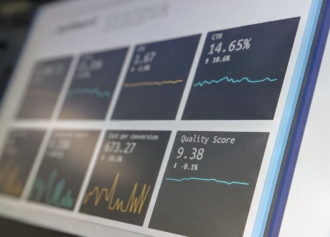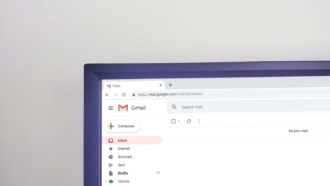Few things apply to businesses across industries. Airplane manufacturers simply don’t face the same obstacles as gardeners. But one concept that transcends those differences is finances. After all, everyone pays taxes, and no one can stay in business if they don’t make money.
Likewise, every business must tackle challenges related to productivity and efficiency. These are the buzzwords that make their way into every Ted Talk, advice column, and webinar nowadays.
The problem is that words like these are often used pretty loosely. When you cut through the showmanship and click bait, what do productivity and efficiency in the workplace actually mean?
Output
Everyone has an opinion on what productivity is. Some boil it down a single word: output. What are the measurable results of the work being done? You’re literally measuring what employees produce. However, it’s important to measure output that brings value to the company.
In manufacturing, this will be the number of items created through the manufacturing process. For a law firm, it might better be described as the number of cases resolved. The particulars vary depending on the industry or type of business.
The universal measurement most often tied to productivity is money. While it isn’t always a perfect fit, revenue is a good starting place to determine the productivity of a workplace.
Profit is not the number we want for productivity. Revenue is the key indicator. And if you can represent revenue as something other than money, that’s often even better.
Input
If productivity is the output, you might reasonably assume that efficiency is tied to input. You’re right, but input alone does not measure efficiency. Instead, you want to compare how much input is necessary to earn a particular amount of revenue.
Keep in mind that this isn’t always best measured in dollars. How many hours of labor did it take to reach your level of productivity? How many raw materials? Tools? Was there waste in the process?
A lot of factors impact efficiency, but a good place to start is with the cost of your product. From there, you can look for ways to lower that cost without lowering revenue, and that leads us to the next point.
Balancing the equation
You need both efficiency and productivity for business analytics. It doesn’t matter how low your cost of production is if you don’t actually produce anything. Likewise, your revenue can be infinite, but if you have no profit, you’re in trouble.
Comparing productivity and efficiency is what gives you a profit analysis. How can you optimize the input and output so that your business is as successful as it can be?
An engineer will simply plug the dollar amounts into an equation and come up with a hard answer. A manager has to deal with people and knows that things aren’t quite so simple. Even when we use clear definitions of productivity and efficiency, putting them to use is complicated.
Intangibles
That brings us to the trickiest part of the whole deal: intangibles. Plenty of things that impact both productivity and efficiency are difficult, if not impossible, to put in purely numerical terms. These are things like employee morale, customer satisfaction, unforeseen obstacles, buyer confidence, and the nearly endless list of topics that won’t fit neatly into a blog post.
Since you can’t deal with these issues using numbers, you have to rely on a qualitative approach. You must have conversations with your employees and customers. You need to follow current events and changes in the industry.
Staying on top of productivity and efficiency even after the numbers have been crunched requires full-time dedication. If you can do this, you’ll be able to lead your business to impressive levels of success on multiple fronts.





















































Send Comment: